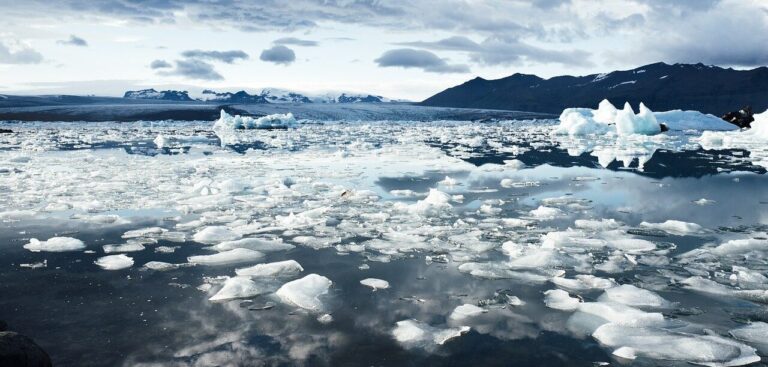A study by researchers at the Finnish Meteorological Institute (FMI) has found that it is likely that current climate models have underestimated Arctic amplification, and that the common notion that the Arctic is warming twice as quickly as the rest of the globe significantly underestimates warming in the polar regions.
In recent decades, the warming has been strongest in the Arctic, a phenomenon referred to as Arctic amplification. According to the new study, the Arctic area has warmed at a rate that is nearly four times faster than the world on average in the past 43 years, a ratio far greater than has generally been reported. The warming has been even stronger at a local level: for example, in the Barents Sea area it has been seven times above the global mean.
According to the study, on the one hand, the higher estimate stems from the strong and continued warming of the Arctic region. On the other hand, the evaluation is affected by how the Arctic is defined as an area and the length of the period over which the rate of warming is calculated. In the new study, the Arctic region was defined as the area within the Arctic Circle. The rate of warming was calculated from 1979, when more detailed satellite observations became available.
Mika Rantanen, a researcher at FMI, said, “The Arctic was defined using the Arctic Circle because we wanted to use an area that most people perceive as the Arctic. We focused on a period that began in 1979 because the observations after that year are more reliable and because strong warming began in the 1970s.”
The study also showed that climate models struggle to simulate the fourfold warming rate of the Arctic region. This either means that climate models systematically underestimate the Arctic amplification, or the current situation is simply a very unlikely event. Comparisons were made between the observed and simulated warming ratios, i.e. the Arctic amplification, and not the absolute rate of warming in the Arctic region.
“While the magnitude of Arctic amplification is dependent to some degree on how the Arctic region is defined, and by the period of time used in the calculation, the climate models were found to underestimate Arctic amplification almost independent of the definition,” said Rantanen.
Arctic amplification is strongest in the late autumn and early winter when the ice-free ocean releases heat into the atmosphere. The decrease in the ice cover has been greatest in the summer and early autumn, but at that time of the year the surface of the sea only releases small amounts of heat because the atmosphere and the sea are almost equally warm.
To read the complete report published in the journal Communications Earth & Environment, click here.



